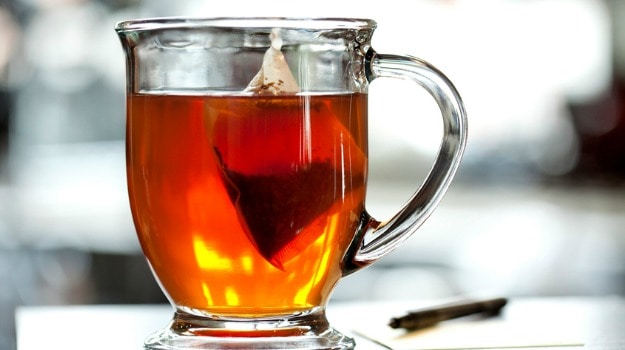The Accidental Tea Bag: Ever Wondered Who Invented the Tea Bag?

Tea is the second most consumed drink in the world after water. A number of varieties of tea exist worldwide – green tea, black tea or flavoured teas like the lemongrass tea
. A cup of tea has become a part of our daily lives and our culture. Earlier, tea used to be made in large pots. Hot water was poured over a bunch of tea leaves even to make a single cup. It is believed that this led to wastage of tea and that is where the story of the teabag comes in. So, why did we even need tea bags?
One of the reasons for the invention of the teabag was, but of course, ‘convenience’. It is more convenient and easier to use a teabag than brew fresh tea leaves every time you want to make a cup of tea. With the help of tea bags, tea was made available in spaces like offices and aircrafts. Also, for tea to taste good, the dried leaves need to be removed after brewing it. With teabags, this can be done without a tea strainer. So the fact that teabags gained popularity and brought about a revolution in in our drinking habits is not a controversial topic; however, ‘who invented the teabag?’ has been a controversial one since a very long time.
 Tea bags were created to bring about convenience. Photo Credit: Istock
Tea bags were created to bring about convenience. Photo Credit: IstockTwo competing stories revolve around this question, the most popular one being of a New York tea merchant, Thomas Sullivan. In 1908, he sent samples of tea to his customers in small silk bags. A few of his customers thought that these bags were to be dipped in water to brew tea and so they did not empty out the contents. Sullivan did not realize this till the time he started receiving complaints from customers about the orders not being sent in bags. This is when he started producing tea bags on a commercial level and because of silk being too fine and too expensive he shifted to gauze. This became ‘the accidental teabag’.
However, another story regarding the invention of tea bags dates back to 1901. Seven years before Sullivan, two women from Milwaukee, Wisconsin, Roberta C. Lawson and Mary Molaren filed for a patent of something called a ‘tea-leaf holder’. It quite resembles the modern-day tea bag that we use. They used a stitched mesh fabric for their design. The idea was to reduce tea wastage and keep all the tea leaves together so that they don’t float around in the cup.
The authenticity of these stories remains debatable. The popular Sullivan story lacks the needed documented evidence and no recorded event indicates commercial success after the patent was received by Molaren and Lawson. Whatever the truth may be, we will be ever so thankful to whoever came up with this wonderful product. Tea bags have managed to make our lives so much easier. By the 1920s, teabags had successfully been established as the new way of drinking. It brought about a major change in the prevalent trend of consuming tea.
[“source=food.ndtv”]




